While short-term emergency preparedness is essential for immediate safety, long-term home emergency preparedness planning takes a more comprehensive approach. It involves preparing for prolonged crises, such as extended power outages, economic downturns, or even societal disruptions. Here are some of the key areas of long-term home emergency preparedness planning to help you and your family build resilience for the future.
ASK YOURSELF
- What am I trying to accomplish? (Objectives / Goals)
- Where am I at now? (Personal Inventory)
- How do I achieve my goals? (Planning)
THE LIST
This is a starting point. Aim to have one month of supplies on hand and then build up from there. If you make preparedness part of your lifestyle, getting a little extra each time you make a purchase, it’s a little less painful. Cut back on non-essential spending to get on your way to being prepared.
Financial Preparedness
Long-term emergencies can strain your financial resources. To prepare effectively, build an emergency fund that covers at least three to six months of living expenses. This will provide a financial cushion during times of economic uncertainty.

Diversify your investments to reduce risk. Consider stocks, bonds, precious metals, and even real estate as options.
Create a budget that prioritizes essential expenses. Cut back on discretionary spending to save more.
Reduce Debt: Minimize debt to lower financial stress during emergencies.
Food and Water Storage
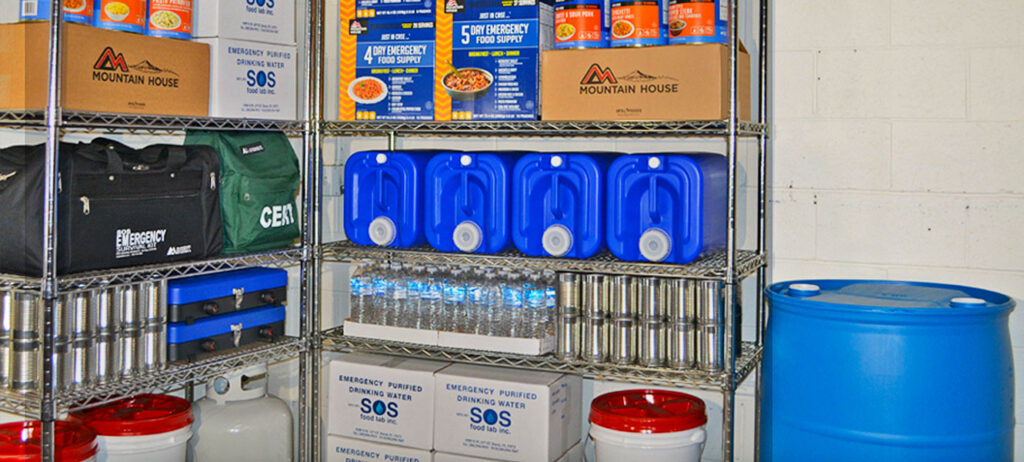
Long-term food and water storage are crucial to sustain your family when supplies become scarce:
Food Preservation: Learn food preservation techniques such as canning, dehydrating, and freezing to extend the shelf life of perishable items.
Stockpile Essentials: Accumulate a supply of non-perishable food items, including grains, canned goods, and freeze-dried meals, to sustain your family for several months.
- Food – plan on 60-90 lbs per week for each person
– Dry Goods – Beans / Rice – contain 12 essential amino acids
– Canned Foods – meats
– Quality Multi-Vitamins
– Coffee / Tea – if you are addicted to caffeine
- Water Filtration: Invest in a quality water filtration system or store a substantial amount of water to ensure a clean and safe drinking supply.
- Plan on one gallon of water per person per day.
Energy Independence
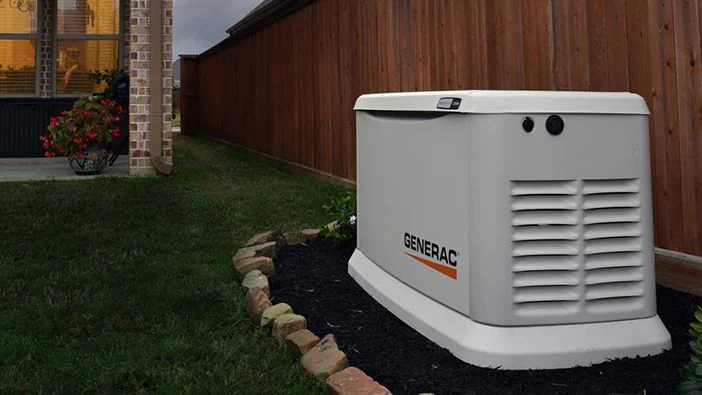
Long-term power outages are a concern during many emergencies. Achieve energy independence by:
- Alternative Power Sources: Consider solar panels, wind turbines, or a backup generator to maintain essential functions.
- Energy Efficiency: Make your home more energy-efficient by insulating, sealing drafts, and upgrading to energy-efficient appliances.
- Fuel Storage: Stockpile fuel for generators or alternative heating methods and for small engines.
Self-Defense

– Firearms should be common military / law enforcement semi-automatic weapons –
– Available Parts / Available Ammo
– Rifle – Quality AR15 (5.56) / AR10 (7.62)
– Pistol – Glock / M&P (9mm)
– Ammo / Magazines
– 1000 rounds on hand for each weapon system
– 10 magazines for each weapon system
– Reloading Gear / Supplies – esp. if you do not have a semi-auto
– Body Armor / Carrier – Rifle Plates (~$225 / plate)
– Training – ongoing process of learning, refinement, and self-evaluation – more important than a ton of extra guns
– Intro CCW Class
– Intro Tactical Rifle
– Defensive Tactics
– Survival Skills – TEMS / “Primitive” Skills
– Tactical Skills
Healthcare and Medication
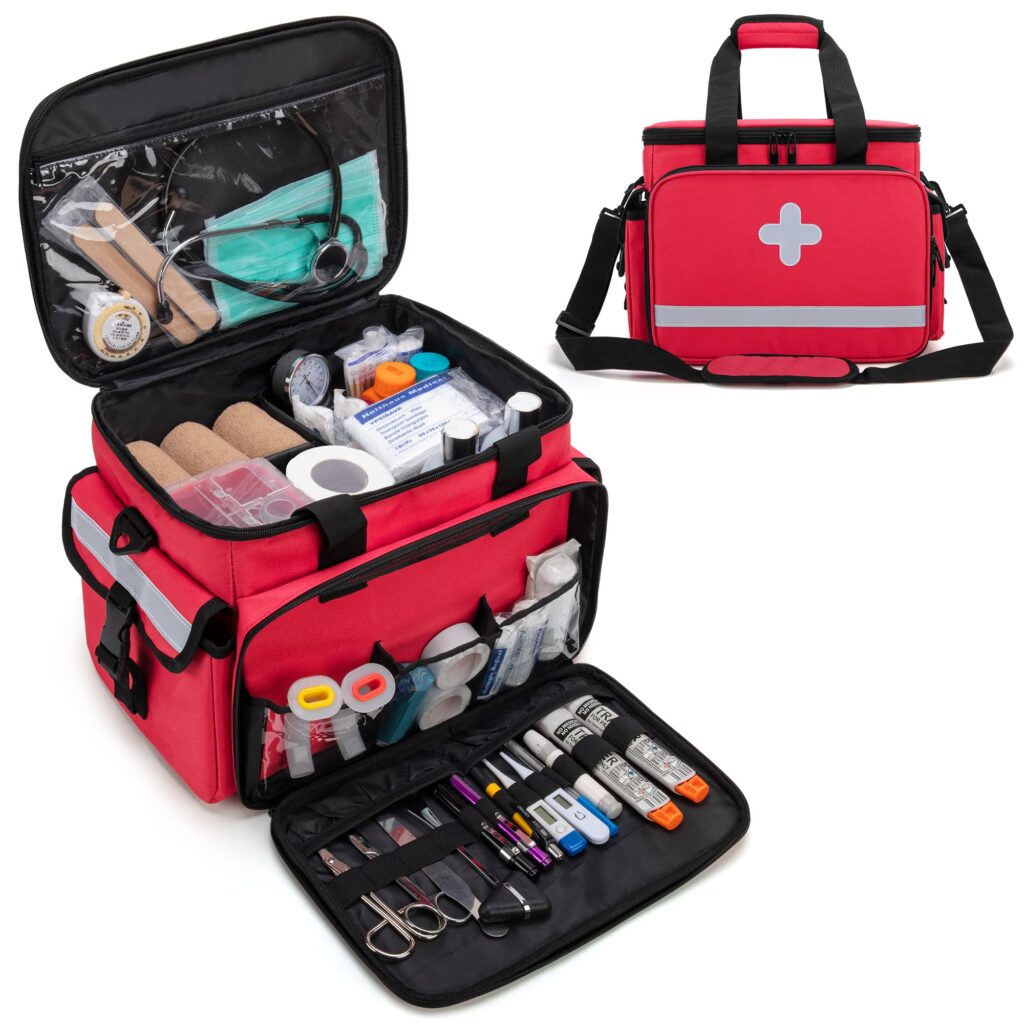
Ensure you have a plan for managing health-related issues:
- Prescription Medications: Stockpile essential medications and medical supplies for chronic conditions.
12 OTC Meds to stock up on
- Ibuprofen (Motrin, Advil)
- Acetaminophen (Tylenol)
- Diphenhydramine (Benadryl)
- Loperamide (Imodium)
- Pseudoephedrine (Sudafed)
- Meclizine (Bonine, Dramamine)
- Ranitidine (Zantac)
- Hydrocortisone cream
- Bacitracin ointment
- Clotrimazole (Gyne-Lotrimin)
- Asprin
- Albuterol Inhalers
- Alternative Medicine: Learn about herbal remedies and alternative healthcare practices that can be beneficial during long-term emergencies.
- First Aid Skills: Enhance your knowledge of first aid and basic medical procedures.
TEMS – Emergency Medical Supplies
– Tourniquet
– Israeli Bandage
– Chest Seal
– Quick-Clot Gauze
– Gloves
General medical supplies like bandages, antiseptic wash, etc…
Communications
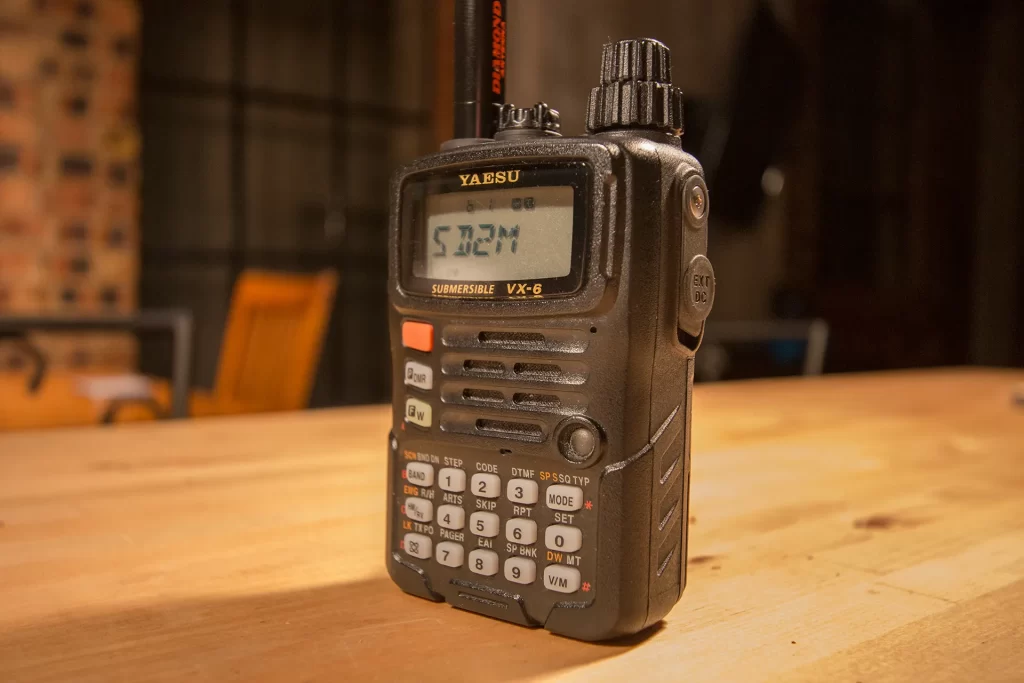
– Portable Radios – “local” communication
– Midland / Garmin Rhino (longer distance)
– Ham Radio
– Yaesu VX-6R – (portable option)
– Kenwood TS-590SG – (recommended by friend)
– Alinco DM-330FXT – power supply
– Kenwood SP-23 – external speaker
– Davis RF FW14CR-50 – Flex Weave
– Portable Antenna
– OPERATOR TRAINING / CERTIFICATION
– Hearing Protection with Communication Capability
– H/L Impact Sport
Community
Building a network of support within your community is vital:
- Neighborhood Watch: Create a neighborhood watch program to enhance security.
- Skill Sharing: Share your expertise and skills with neighbors, and encourage them to do the same.
- Mutual Assistance: Develop a mutual aid network for resource-sharing during emergencies.
Sustainable Living Skills

Develop sustainable living skills that promote self-reliance:
- Gardening: Learn how to grow your own fruits, vegetables, and herbs.
- Animal Husbandry: If space allows, consider raising chickens, rabbits, or other small livestock for food.
- Water Harvesting: Implement rainwater harvesting systems to reduce dependence on municipal water supplies.
Continuous Education
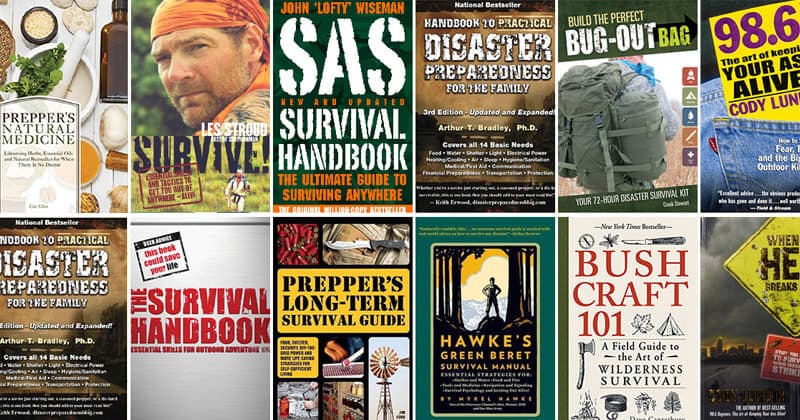
Stay informed and adaptable by:
- Learning: Continuously educate yourself and your family in various skills, from carpentry and plumbing to foraging and hunting.
- Training: Participate in emergency response training and disaster preparedness courses.
- Stay Updated: Stay informed about current events, changes in your local area, and emerging threats.
Conclusion
Long-term home emergency preparedness planning is a proactive approach to safeguarding your family’s well-being during extended crises. By addressing these key areas, you can create a resilient and self-sufficient household that can weather a wide range of challenges. Remember that preparedness is an ongoing process, and regularly reviewing and updating your plan is crucial to maintaining your readiness for the long term. This list is by no means exhaustive and more can be added as you progress.
